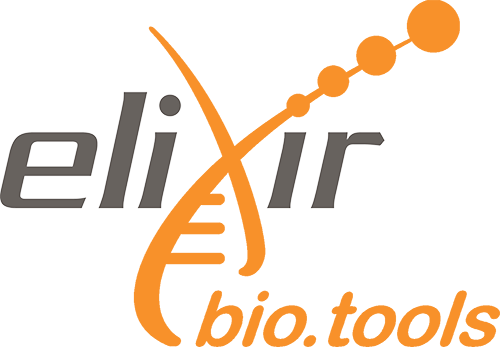e-learning
Refining Genome Annotations with Apollo (prokaryotes)
Abstract
After automatically annotating your genome using Prokka for example, it is important to visualize your results so you can understand what your organism looks like, and then to manually refine these annotations along with any additional data you might have. This process is most often done as part of a group, smaller organisms may be annotated individually though.
About This Material
This is a Hands-on Tutorial from the GTN which is usable either for individual self-study, or as a teaching material in a classroom.
Questions this will address
- How to visualize your genome after automated annotations have been performed?
- How to manually annotate genome after automated annotations have been performed?
- How to evaluate and visualize annotated genomic features?
- How do I collaborate when doing genome annotation?
Learning Objectives
- Load a genome into Galaxy
- View annotations in JBrowse
- Learn how to load JBrowse data into Apollo
- Learn how to manually refine genome annotations within Apollo
- Export refined genome annotations
Licence: Creative Commons Attribution 4.0 International
Keywords: Genome Annotation, apollo2, biodiversity, gmod, jbrowse1, microgalaxy, prokaryote
Target audience: Students
Resource type: e-learning
Version: 22
Status: Active
Prerequisites:
- Genome annotation with Prokka
- Introduction to Galaxy Analyses
- Rule Based Uploader
Learning objectives:
- Load a genome into Galaxy
- View annotations in JBrowse
- Learn how to load JBrowse data into Apollo
- Learn how to manually refine genome annotations within Apollo
- Export refined genome annotations
Date modified: 2025-05-15
Date published: 2021-06-04
Contributors: Anthony Bretaudeau, Björn Grüning, Bérénice Batut, Helena Rasche, Saskia Hiltemann, Simon Bray, Stéphanie Robin
Scientific topics: Genomics, Microbiology, Gene and protein families, Sequence analysis
Activity log


